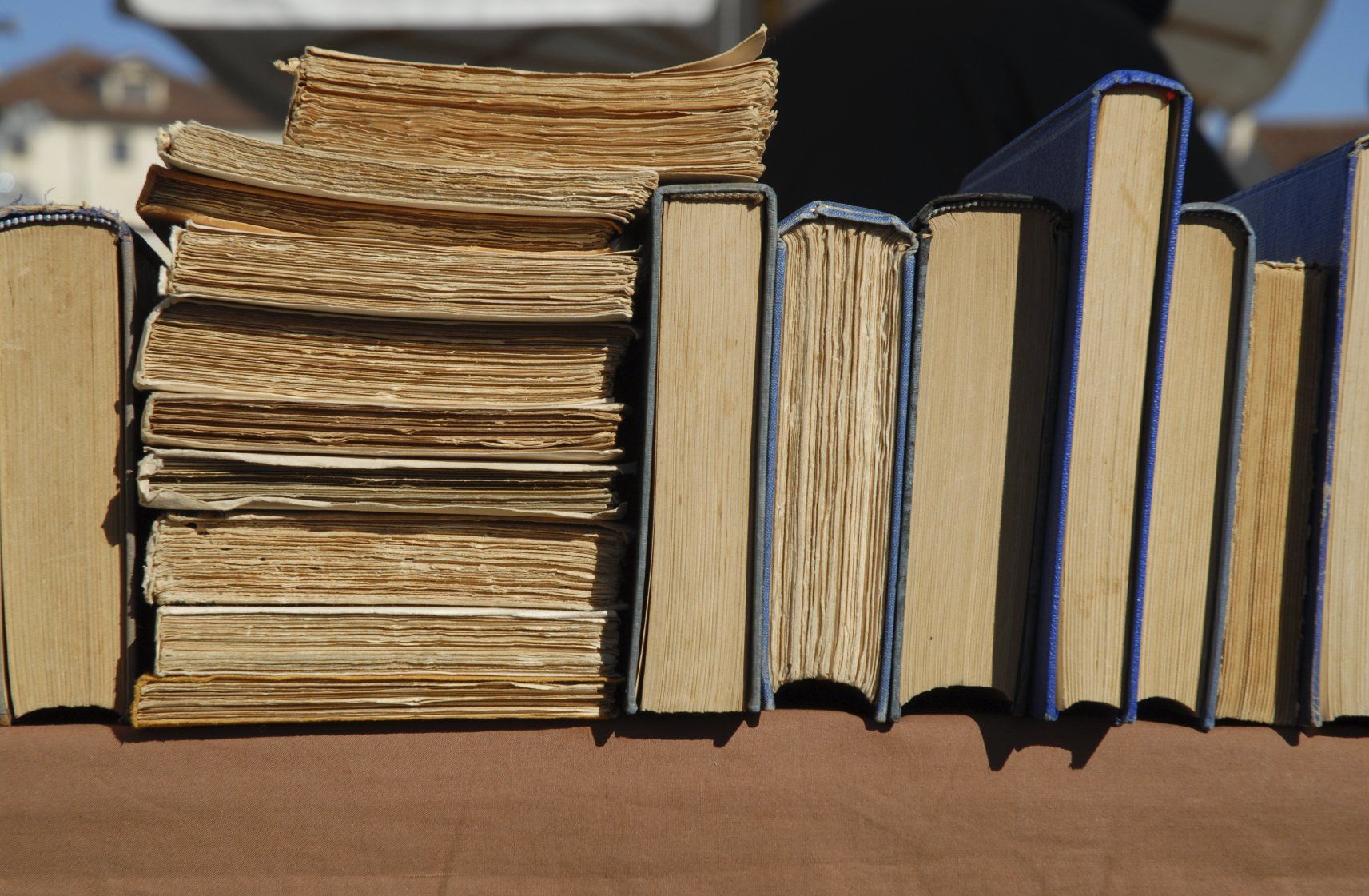Fast Fast Friday: What's that code in the corner of a library catalog card?
Tracey from Rhyme and Reason Books • February 19, 2021

Library catalog cards have really made a comeback. Banished from libraries in the 1990s in favor of digital catalogs, the cards have recently made a resurgence, especially at weddings, where they’re used as everything from table number signs, to place cards, to centerpieces. They feature all kinds of retro typefaces and often bear the names of the couple’s favorite books and authors or have titles relating to the theme of the wedding.
Maybe you’ve even been to such a bibliophilic celebration. As you sipped your champagne, did you ponder the little code in the top left corner of the cards and wonder what it meant? It’s a call number, and it told readers where in the library the book was located. A matching number was adhered to the spine of each book.
To decipher the code, you first need to know that library books are organized in two sections: fiction and nonfiction. So if you see an F in the corner of the library card with a few letters under it, you know that the card represented a work of fiction and that the author’s last name began with those letters. The book would have been shelved alphabetically by the author’s last name. So “Peter Pan” by J.M. Barrie would come before “Mary Poppins” by P.L. Travers — even though Mary comes before Peter. An easy code to crack, right?
However, if the card represented a nonfiction book, things got a little trickier. Those cards would have had a series of numbers in the corner with letters beneath them. The numbers identified the book’s subject category, and the letters were the first three letters of the author’s last name. Those books would have been arranged numerically by subject then alphabetically by author’s name within each subject.
But who got to decide which subject went where? The numbers were assigned to each subject in 1876 by librarian Melvil Dewey, and we call that, you guessed it, the Dewey Decimal System. Perhaps you, like me, had to memorize it in elementary school. In case that was a long time ago, here’s a refresher:
000 Computer Science, Information, and General Works
100 Philosophy and Psychology
200 Religion
300 Social Sciences
400 Language
500 Science
600 Technology
700 Arts and Recreation
800 Literature
900 History and Geography
Is it all coming back to you now? Let’s look at an example. I sell vintage library catalog cards, and many of my customers inquire about cards on nature. Birds are an especially popular topic. Books about birds would be in the 500s, which represents the science section, but more specifically in the 590s for animals, and even more precisely in the 598s for birds and reptiles. Drilling down further, they would be in the 598.9s for birds of prey and exactly at 598.97 for owls. If you wanted books about a specific fact about owls, say their habitat, there would be even more digits at the end. Mr. Dewey appears to have been a very thorough man.
Have you had enough numbers for one day? Let’s move on to pictures then! Vintage catalog cards are one of Rhyme and Reason Books’ most popular items, so you can visit the shop
to see lots of examples. Have a great weekend!
About the author: Tracey fell in love with old children's books when she was nine, and that was that. Her shop, Rhyme and Reason Books, sells vintage children's books and ephemera on Etsy for collectors, crafters, and decorators. As a writer, literacy instructor, and library volunteer, she donates a portion of every sale to children's literacy initiatives to foster the next generation of readers.









